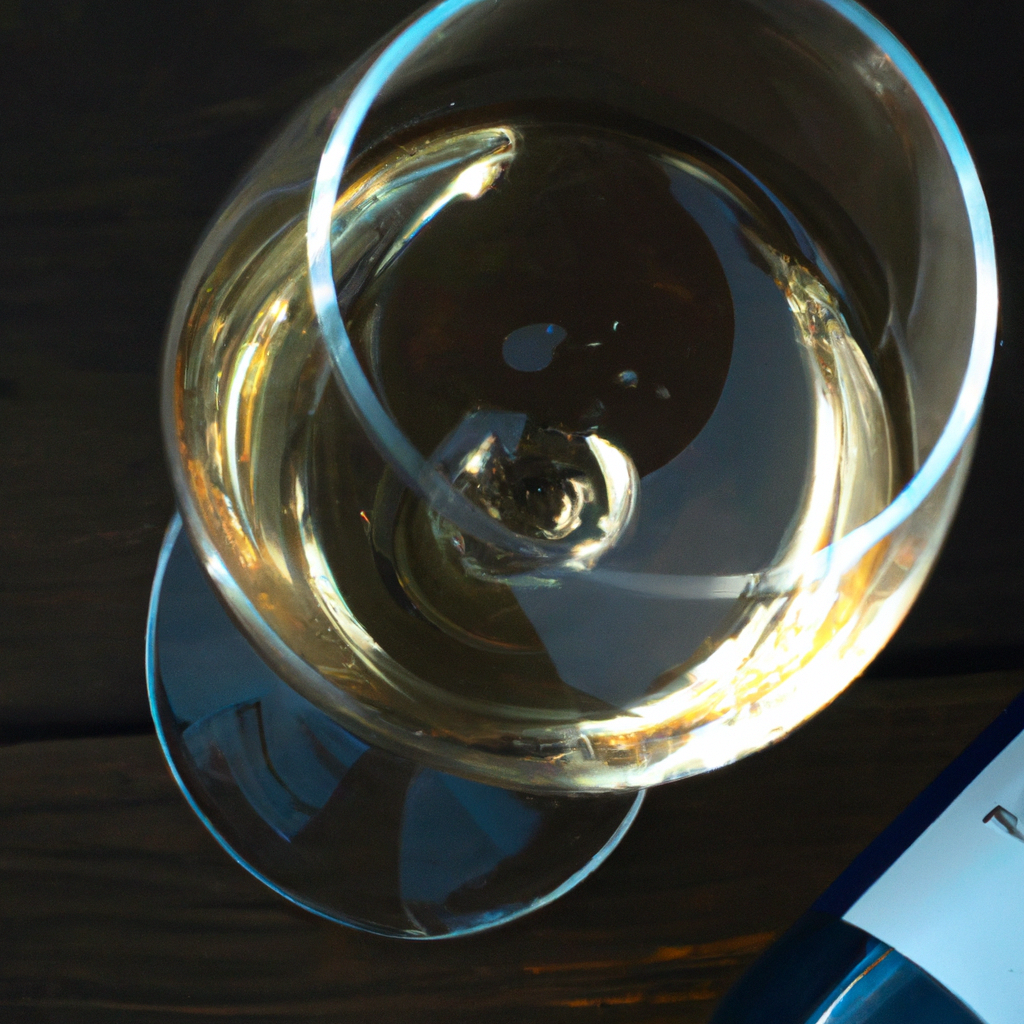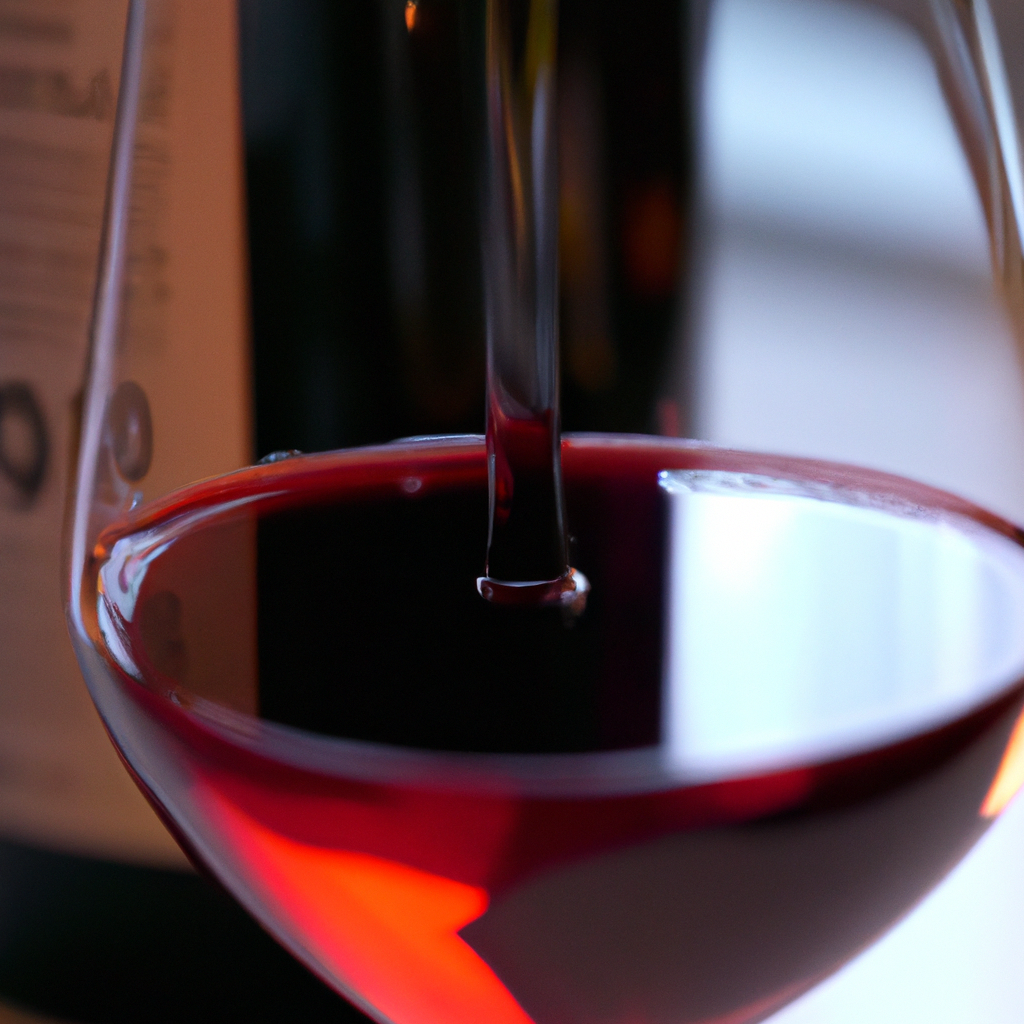
-
Article Summary
- The Essential Guide to Drinking Young Wine
- Key Takeaways
- Introduction: The Allure of Young Wine
- Characteristics of Young Wine
- Decanting Young Wine
- The Importance of Temperature
- Food Pairing with Young Wine
- Proper Storage of Young Wine
- FAQ Section
- 1. What is the difference between young wine and aged wine?
- 2. Do I need to decant young wine?
- 3. What temperature should I serve young wine at?
- 4. What foods pair well with young wine?
- 5. How should I store young wine?
- Conclusion: Embracing the Youthful Charm of Young Wine
- Revisiting the Key Takeaways
The Essential Guide to Drinking Young Wine

[youtubomatic_search]
Key Takeaways
- Understanding the characteristics of young wine is crucial for optimal enjoyment.
- Young wines can be enjoyed immediately after opening, but some may benefit from decanting.
- Temperature plays a significant role in the taste and aroma of young wines.
- Pairing young wines with the right food can enhance the overall dining experience.
- Storing young wines properly can help maintain their quality and taste.
Introduction: The Allure of Young Wine
Young wine, also known as nouveau wine, is a type of wine that is bottled and sold within a year of its harvest. Unlike aged wines, which are known for their complex flavors and aromas, young wines are celebrated for their fresh, vibrant, and fruity characteristics. This article aims to provide a comprehensive guide on how to best enjoy these youthful vintages.
Characteristics of Young Wine
Young wines are typically light-bodied with high acidity and pronounced fruit flavors. They are often less tannic than their aged counterparts, making them smoother and easier to drink. Some popular types of young wines include Beaujolais Nouveau, Vinho Verde, and many types of rosé.
Decanting Young Wine
While it’s not always necessary to decant young wines, doing so can help to soften their flavors and release their aromas. Decanting is particularly beneficial for young red wines, which can often be a bit harsh straight out of the bottle. However, be careful not to decant for too long, as young wines can lose their freshness and vibrancy if left exposed to air for extended periods.
The Importance of Temperature
The temperature at which young wine is served can significantly impact its taste and aroma. Generally, young red wines should be served slightly cooler than room temperature, around 55-60°F (13-16°C), while young white and rosé wines should be served chilled, around 45-50°F (7-10°C).
Food Pairing with Young Wine
Due to their fresh and fruity characteristics, young wines pair well with a variety of foods. Light-bodied young reds go well with poultry and pork, while young whites and rosés are excellent with seafood and salads. The high acidity of young wines also makes them a great match for fatty and creamy dishes.
Proper Storage of Young Wine
Unlike aged wines, which can benefit from long-term cellaring, young wines are meant to be consumed within a few years of their release. However, they still need to be stored properly to maintain their quality. This means keeping them in a cool, dark place with a consistent temperature and away from strong odors.
FAQ Section
1. What is the difference between young wine and aged wine?
Young wine is bottled and sold within a year of its harvest and is known for its fresh, fruity flavors. Aged wine, on the other hand, is stored for several years before being sold and has more complex flavors and aromas.
2. Do I need to decant young wine?
While it’s not always necessary, decanting can help soften the flavors and release the aromas of young wines, particularly reds. However, avoid decanting for too long as it can cause the wine to lose its freshness.
3. What temperature should I serve young wine at?
Young red wines should be served slightly cooler than room temperature, around 55-60°F (13-16°C), while young white and rosé wines should be served chilled, around 45-50°F (7-10°C).
4. What foods pair well with young wine?
Young wines pair well with a variety of foods due to their fresh and fruity characteristics. Light-bodied young reds go well with poultry and pork, while young whites and rosés are excellent with seafood and salads.
5. How should I store young wine?
Young wines should be stored in a cool, dark place with a consistent temperature and away from strong odors. Unlike aged wines, they are meant to be consumed within a few years of their release.
Conclusion: Embracing the Youthful Charm of Young Wine
Young wines, with their fresh and vibrant characteristics, offer a unique drinking experience that is distinct from that of aged wines. Understanding their characteristics, knowing when to decant, serving them at the right temperature, pairing them with suitable foods, and storing them properly can significantly enhance your enjoyment of these youthful vintages.
[youtubomatic_search]
Revisiting the Key Takeaways
- Young wines are celebrated for their fresh, vibrant, and fruity characteristics.
- Decanting can enhance the flavors and aromas of young wines, particularly reds.
- Serving young wines at the right temperature can significantly impact their taste and aroma.
- Pairing young wines with the right foods can enhance the overall dining experience.
- Proper storage is crucial in maintaining the quality and taste of young wines.






